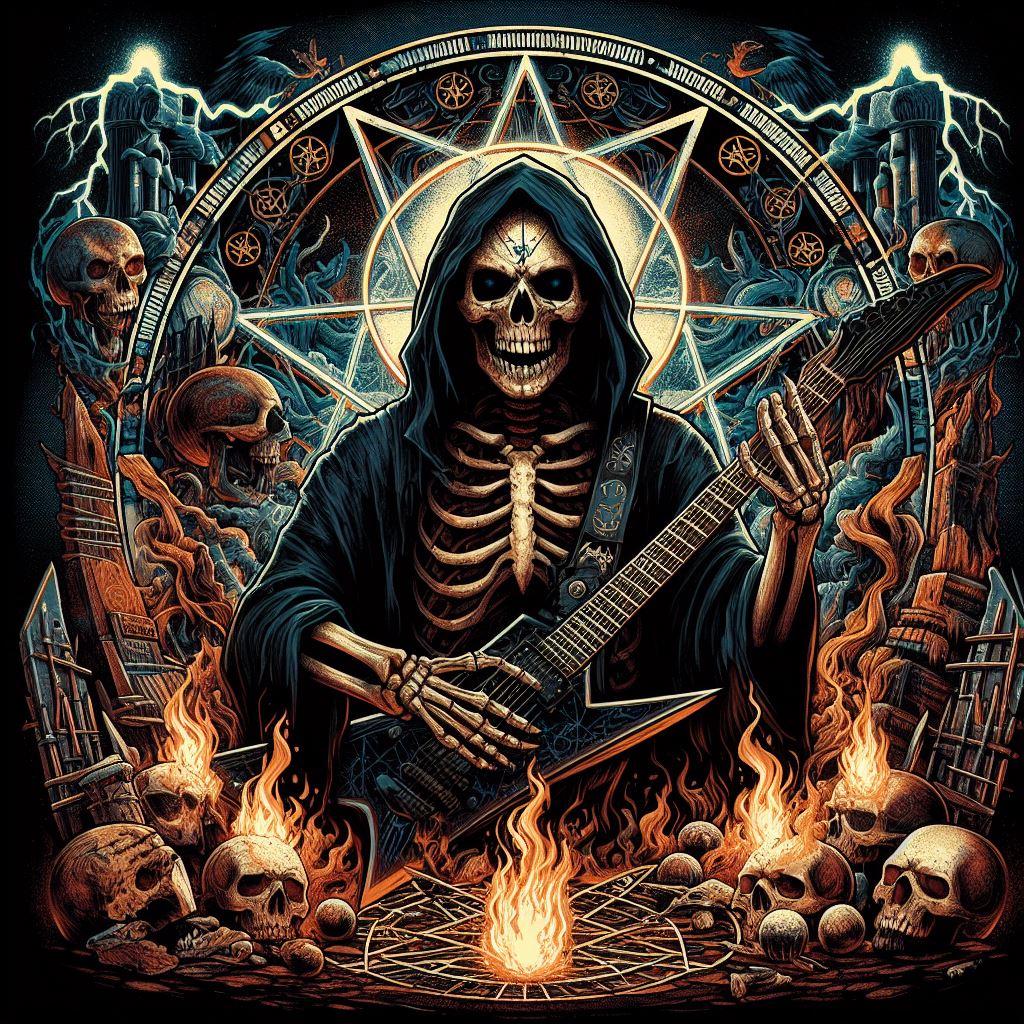Atrophy: The Rise and Fall of a Thrash Metal Powerhouse
Formed in 1986 in Tucson, Arizona, Atrophy burst onto the burgeoning thrash metal scene with a ferocity that would solidify their place among the genre’s elite. Comprised of Chris Lykins (vocals), Rick Skowron (guitar), Chris Oliver (guitar), James Gulotta (bass), and Tim Kelly (drums), Atrophy wasted no time in honing their sound, blending blistering riffs with aggressive vocals and relentless drumming.
The band’s first release, the “Chemical Dependency” demo, quickly caught the attention of thrash metal fans and industry insiders alike. Featuring tracks like “Preacher, Preacher” and “Chemical Dependency,” the demo showcased Atrophy’s raw energy and technical prowess, earning them a devoted following in the underground metal scene.
In 1988, Atrophy signed with Roadrunner Records and released their debut album, “Socialized Hate.” Produced by Scott Burns (known for his work with bands like Death and Sepultura), the album was a blistering onslaught of thrash metal aggression. Songs like “Beer Bong,” “Innocent Blood,” and the title track “Socialized Hate” showcased Atrophy’s knack for combining razor-sharp riffs with socially conscious lyrics, setting them apart from their peers.
With their debut album receiving critical acclaim and gaining traction in the metal community, Atrophy embarked on extensive touring, sharing the stage with bands like Forbidden, Death Angel, and Sacred Reich. Their intense live performances and tight musicianship further solidified their reputation as a force to be reckoned with in the thrash metal scene.
In 1990, Atrophy released their sophomore album, “Violent by Nature.” Produced by Dave Ogilvie (known for his work with Skinny Puppy and Marilyn Manson), the album showcased a more refined and mature sound while retaining the band’s signature aggression. Tracks like “Puppies and Friends,” “Violent by Nature,” and “In Their Eyes” demonstrated Atrophy’s growth as songwriters and musicians, earning them even more acclaim from fans and critics.
Despite their growing success, internal tensions within the band began to surface, leading to lineup changes and a shift in musical direction. By the mid-1990s, Atrophy had disbanded, leaving behind a legacy of two groundbreaking albums and a lasting impact on the thrash metal genre.
In the years since their dissolution, Atrophy’s music has continued to resonate with metal fans old and new, cementing their status as pioneers of the thrash metal movement. Though their time in the spotlight was relatively brief, Atrophy’s influence can still be felt in the aggressive riffs and uncompromising attitude of countless metal bands that followed in their wake.
As fans look back on Atrophy’s legacy, they remember a band that pushed the boundaries of thrash metal, delivering blistering riffs and thought-provoking lyrics with unmatched intensity. Though their time may have been short, Atrophy’s impact on the metal world remains undeniable, ensuring their place in the annals of metal history for years to come.
